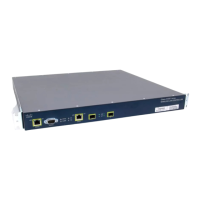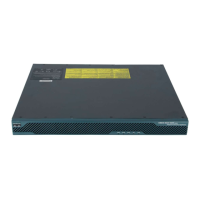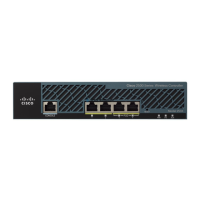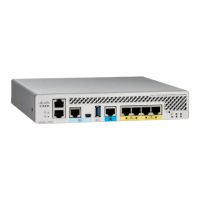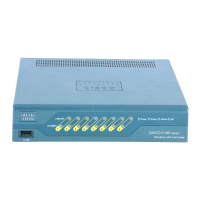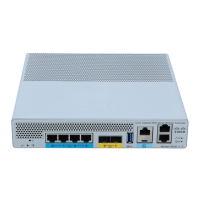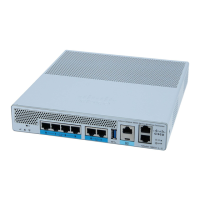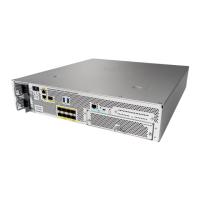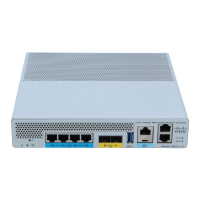*Needs GLC-T on Port 1.Note
Image Specifications
Cisco 5520 WLC supports all the features of release 8.1.
Feature Not Supported on 5520 Controller Platform
The following features are not supported on the 5520 controller platform:
•
Local Authentication (where the controller acts as the authentication server)
•
Internal DHCP server
•
Wired Guest
Fault Tolerance Capability
The Cisco 5520 supports the stateless N+1 redundancy model . The N+1 HA architecture provides redundancy for controllers across
geographically separate data centers with low cost of deployment. A single backup controller can be used to provide backup for
multiple primary WLCs.
For more information on this model of redundancy, refer to
http://www.cisco.com/c/en/us/td/docs/wireless/technology/hi_avail/N1_High_Availability_Deployment_Guide/N1_HA_Overview.html.
AP and Client SSO
High Availability Stateful Switchover (SSO) model provides a Box-to-Box redundancy with one controller in active state and a
second controller in hot standby state. The SSO model monitors the health of the active controller via a redundant (HA) port. Cisco
5520 wireless LAN controller has a failover RP Port.
The configuration on the active controller is synched to the standby controller via the redundant port. In HA, both controllers share
the same set of configuration including the IP address of the management interface. The AP's CAPWAP state (for APs in RUN state)
is also synched. As a result, APs do not go into Discovery state when the active controller fails. Furthermore, a client's information
is synced to the standby WLC when the client associates to the WLC or the client’s parameters change. Fully authenticated clients,
that is, the ones in Run state, are synced to the standby. Thus, client re-association is avoided on switchover, making the failover
seamless for the APs as well as for the clients, resulting in zero client service downtime and no SSID outage.
For more information on the SSO feature and the supported topologies, refer to the High Availability deployment Guide.
16
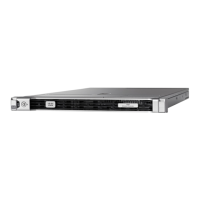
